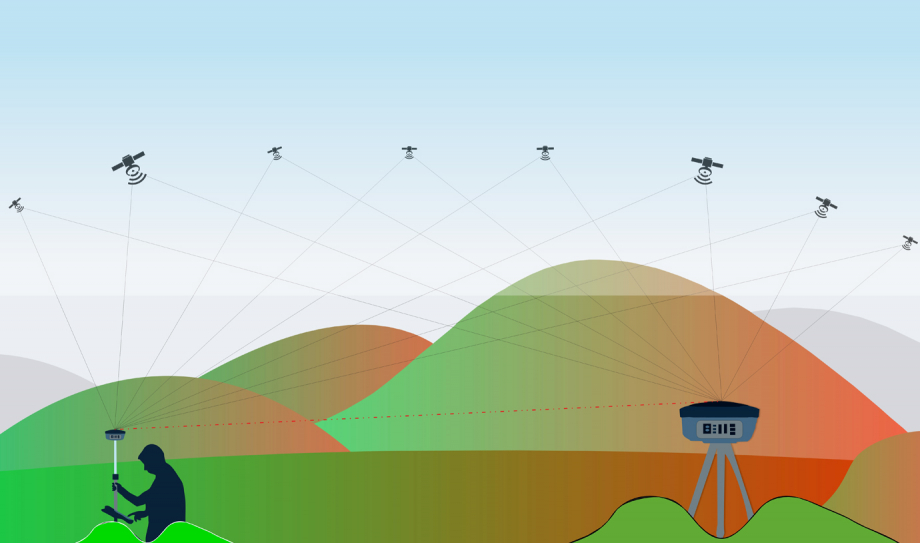RX Blog
Thoughts on the industry, by RX Networks.
-
TruePoint | LITE – A Global Precision Solution for the Unplugged and Unconnected

The Growing Demand for Precision Location Services In the past, high-precision location services were the exclusive domain of professional applications like construction and agriculture, where accuracy was paramount. However, over the past few years, the landscape has dramatically shifted. Today, precision is becoming increasingly vital for a wide range of consumer applications. From navigation to… Read more
-
Geodetic Grade GNSS receivers VS Consumer grade GNSS chipsets

A GNSS receivers’ function is to output a set of position coordinates after processing the reception of the signal broadcast by a constellation of GNSS satellites. Unofficially, the receiver’s grade used to be delineated by the accuracy that it could produce. A chipset would be capable of 5m CEP at best, while a geodetic class… Read more
-
Visit Rx Networks at ION next week!

Rx Networks will be exhibiting at ION GNSS+ this year in Denver, September 19-23. Throughout the trade show we will be discussing our location.io assistance and truepoint.io accuracy data services. Engineers will be onsite and available to discuss project and product requirements. You can find us at booth #507. Hoping to see you there! Read more
-
The GNSS Medium and its Message

Marshall McLuhan is a Canadian Philosopher and author of the now famous quote “The medium is the message”. The point he makes is that with technology being an extension of human functions it has societal impacts that shape the way we interact with the world. We need to watch for this! Admittedly, having a predominantly… Read more
-
How Much Accuracy Do You Really Need?

Choosing between more or less accuracy has never been much of a consideration (or an option), historically. The specified requirement has predominantly been “The most! Our device requires the most precise accuracy available.” But today, considering the options, it’s fair to ask: how much accuracy does your device or application need, really? With RTK came… Read more
-
Single Frequency GNSS: Potential and Opportunity

Dual Frequency GNSS is considered a giant leap forward in the evolution of GNSS technology. It overcomes ranging errors generated in the Ionosphere, where a storm of electrons bend a single frequency line of sight to the satellite, adding length to the range (for the spatial thinker) or delay (for the frequency time thinker). When… Read more
-
The Currency of Corrections

During the CES 2021 keynote, Verizon CEO Hans Vestberg discussed the eight currencies of Verizon’s 5G network vision. He touched on throughput and service deployment, mobility and connected devices, latency and data volume, and energy efficiency and reliability. This list struck a chord with Rx Networks. In the world of GNSS corrections there are many parallels… Read more
-
Welcome to the New and Repositioned Rx Networks Points of Interest!

Hello (again). We’re Back! It is 2022 and we thought it was high time we restarted our blog, beginning with an explainer video on how our GNSS data services, Location.io and TruePoint.io, enable the best positioning performance on the GNSS Chipset integrated with your device. Some examples of devices containing GNSS chipsets include: The video… Read more
-
New Series on Location Support Integration when Designing Mobile Devices

This month, I’m introducing Coder`s Corner, a new series of articles focused on the challenges and best practices when integrating location support in new mobile devices. Over the coming months, the series will explore topics ranging from GNSS and A-GNSS assistance handling, real-time and autonomous Wi-Fi positioning, sensor integration. The series will also cover tools… Read more
-
Rx Networks’ Global Reference Network (GRN) – Part 1

The ability to determine one’s location anywhere on Earth is truly a technological marvel of our modern age. It has enabled countless location based services, which have become so pervasive in our daily lives, that the underlying technology is rarely given any thought. So, let’s take a minute to understand the history of global navigation… Read more